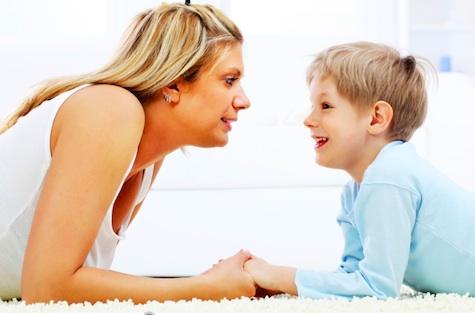Young people are our future and it’s a tough world for a young person.
One in four will develop a mental illness, many are exposed to cyberbullying and sexual assault and we know that young people from minority groups are often targets of racism.
A 2010 Australian study of almost 700 students shows 70% of young people from Aboriginal and culturally diverse backgrounds still experience racism, mostly at school.
As a society, we’ve become more aware of racism and how to combat it.
We’re better bystanders and more likely to act when someone is being vilified. But racial discrimination still frequently occurs on the playground and the footy field, at school, at the shops and on the streets – and from VicHealth’s perspective, it is a serious health concern.
There is compelling evidence that exposure to racism, particularly if it is repeated, is strongly linked with serious mental illnesses. It can have profound implications for a young person’s future, like dropping out of school or taking up smoking or drinking alcohol to try and cope.
A new VicHealth and University of Melbourne study ‘Talking Culture’, by Doctor Naomi Priest, looked at how eight to 12-year-old primary school children in Melbourne learn about racial, ethnic and cultural diversity and racism.
Parents will generally only broach these topic if their child raises it first. Teachers are better at talking about it, but sometimes don’t feel qualified or empowered to discuss it with their students in depth.
The study also found that compared to parents from ethnic backgrounds, parents from Anglo backgrounds tended not to talk about issues of cultural diversity and racism at all.
Parents and teachers play a very important role in how Australian students think about their own cultural background and about people from different backgrounds.
Let’s teach our kids that racist remarks hurt more than feelings. We talk about safe sex and respect in primary schools. We teach our kids that bullying is not on. So we shouldn’t assume that our children will learn about respect for cultural diversity by absorption.
Learning at an early age the benefits of a multicultural society and how to embrace the differences that make us special is crucial for preventing racist attitudes from developing.
This makes far more sense than waiting to address the effects of discrimination after it’s occurred.
We want parents and teachers to feel confident about raising the topic of cultural diversity as often as they can. These are tough issues to broach but we can’t be frightened of them.
It’s heartening to remember that while racism may always exist, there is an appetite from children and teachers and parents to do something about it.
Celebrating cultural diversity is not about ignoring our differences. It’s about discussing them. As a microcosm of society, school is the perfect place where we can teach respect and build a better future for all.


















__small.png)










